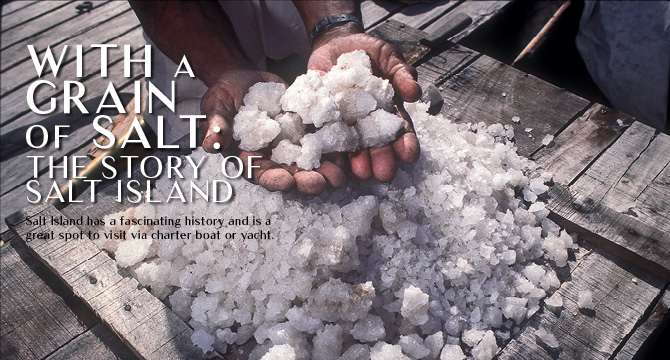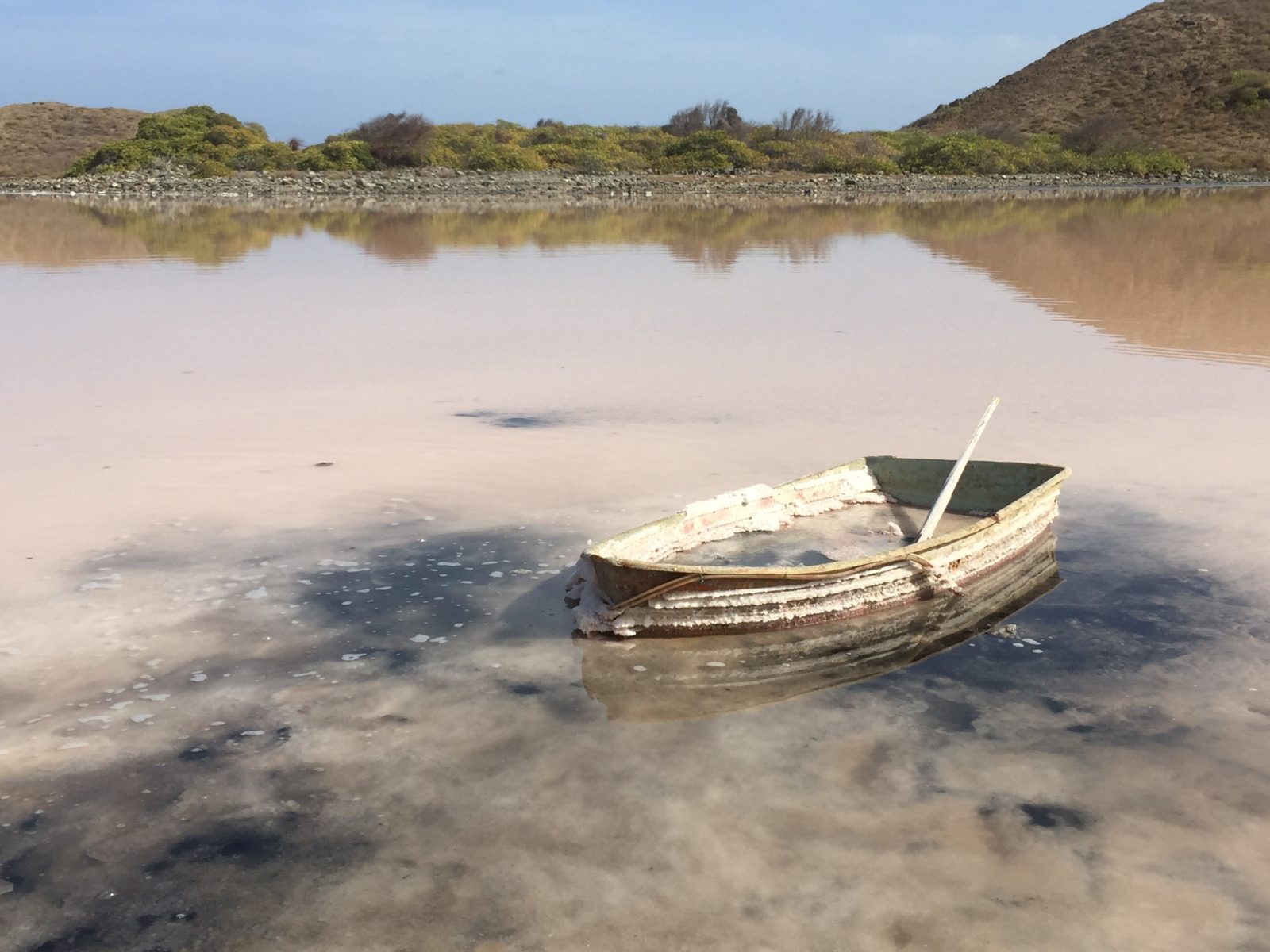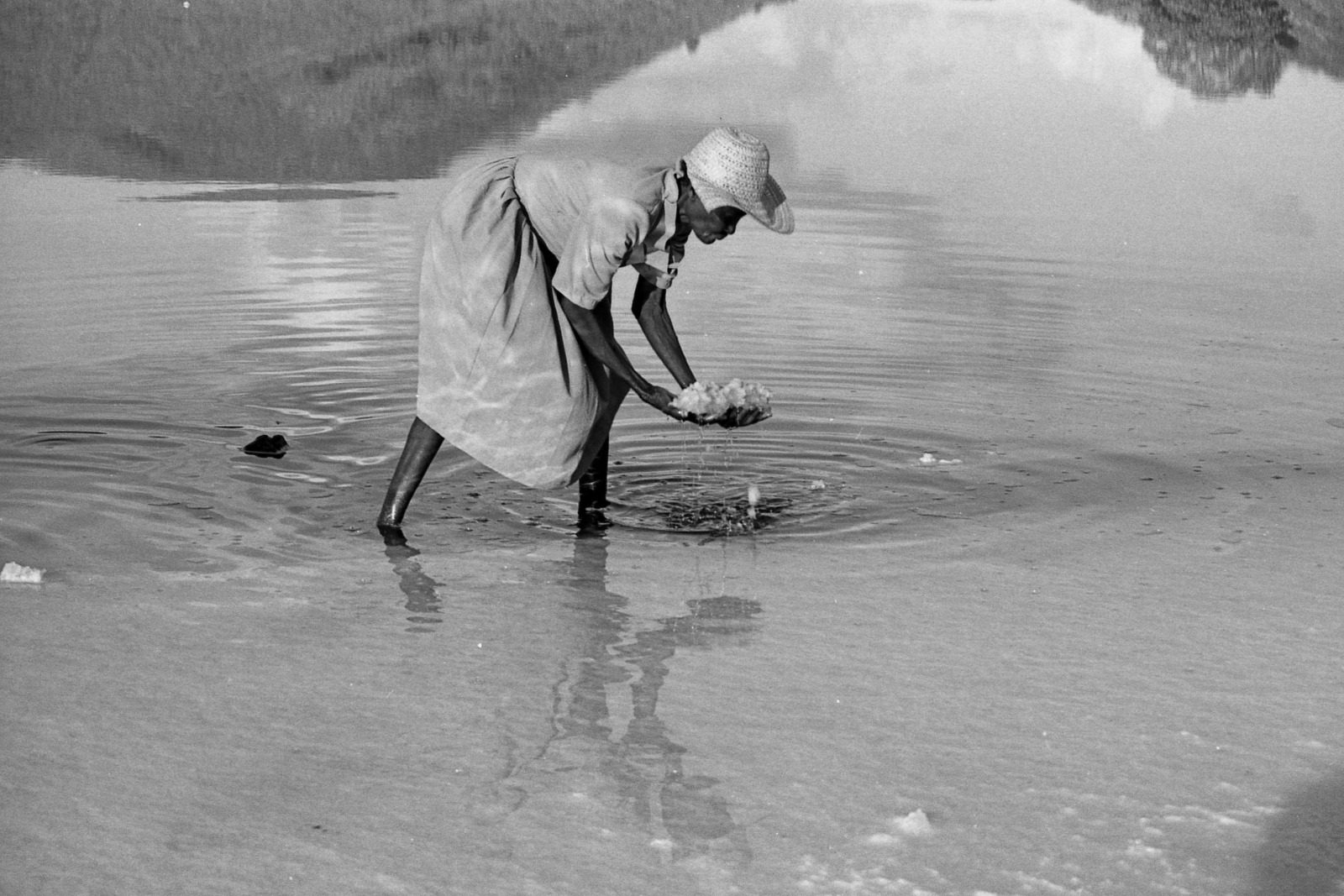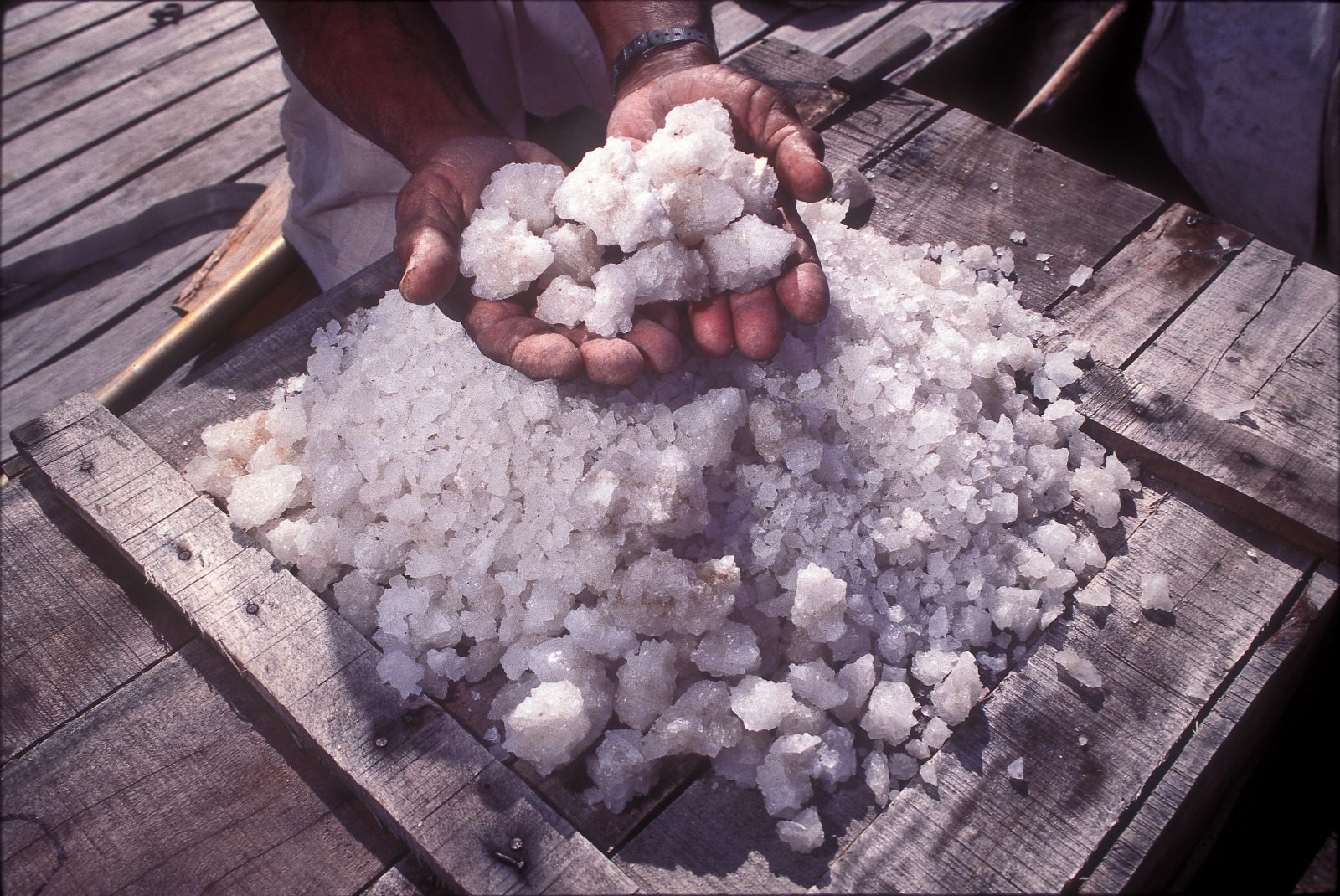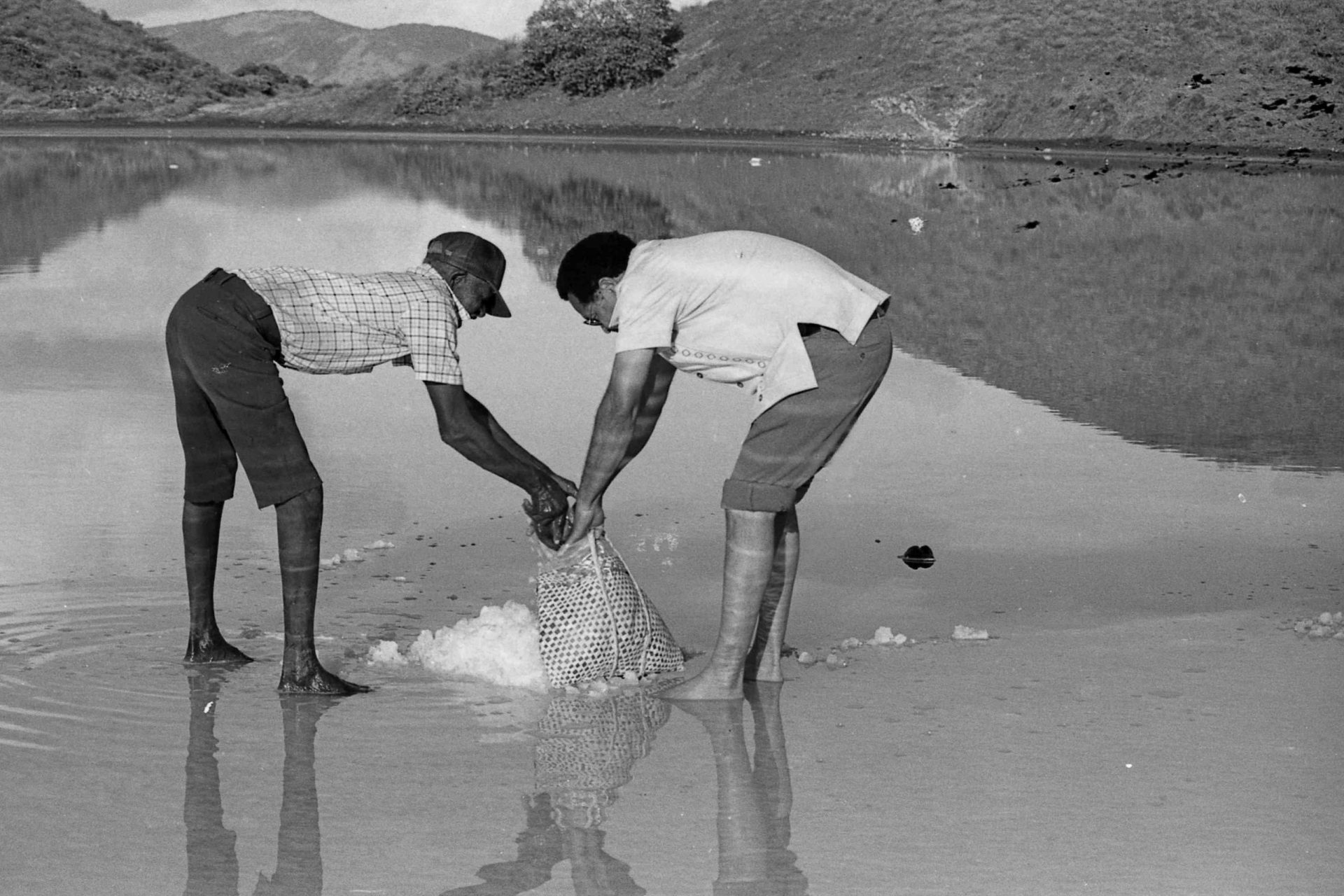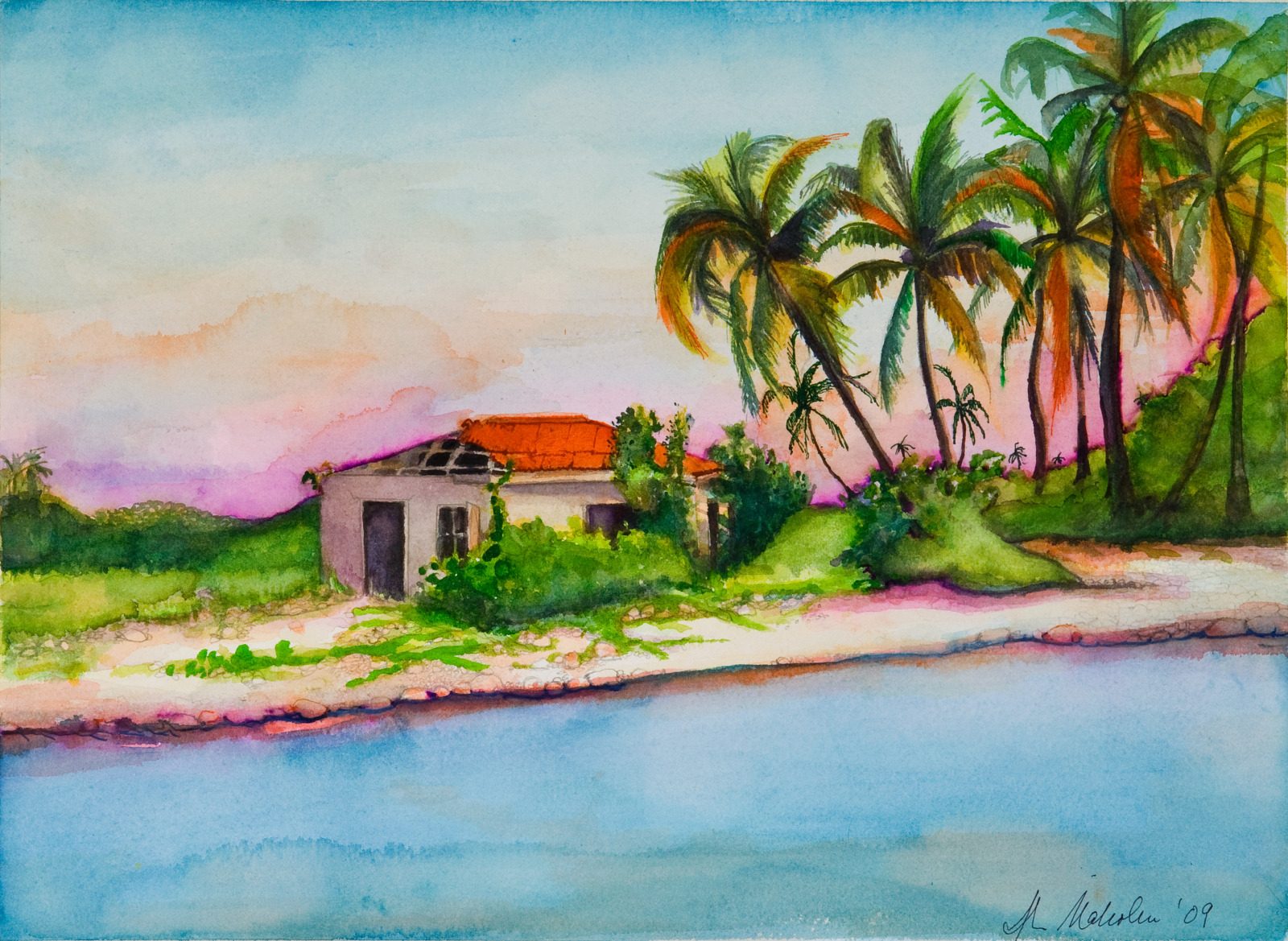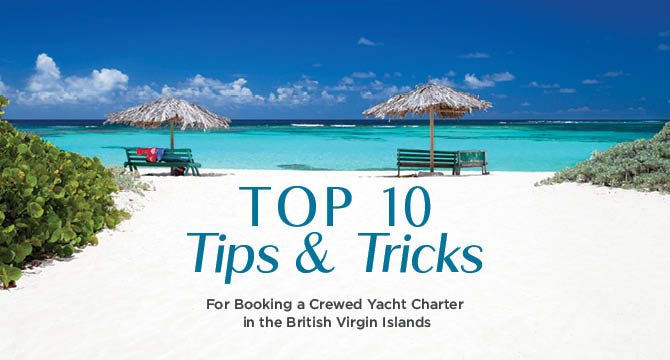Salt Island has a fascinating history and is a great spot to visit via charter boat or yacht.
About Salt Island
Historically, the island, which is one mile long and one mile wide, has not been known to have more than 100 inhabitants at a time. And today, it is a lonely island, as the last living resident, Norwell Durante, passed away in 2004.
An extensive study by Dr Lianna Jarecki titled: Variable hydrology and salinity of salt ponds in the British Virgin Islands describes salt ponds as “bodies of water that occur from the bottom of steep watersheds”. Dr Jarecki found that out of the 17 salt ponds in the Virgin Islands, the Salt Island salt pond has the highest concentration of salt. The salt gets to the pond through seawater that is fed via underground seeps that trickle through the shore sediments, and then into the pond.
During the plantation era, and after Emancipation, residents would use the salt to preserve their meats and fish, and also export the salt to neighbouring islands. It was also during that time that a “salt tax” was administered which stipulated a 30 per cent tax (or one bag in three) to anyone who harvested the salt. This is in accordance with the 1904 Government Salt Pond Ordinance.
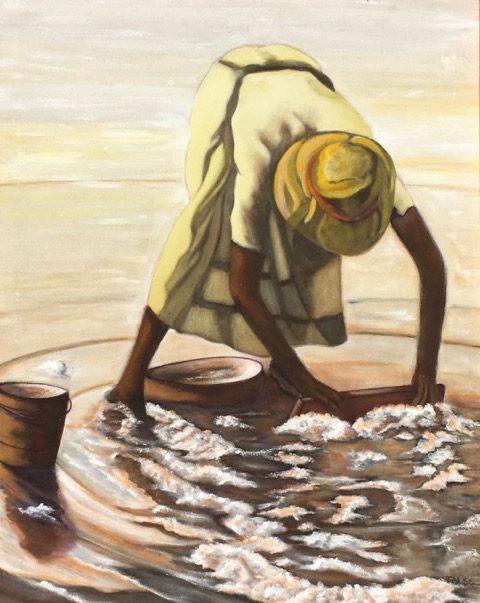
While Lutia didn’t grow up on Salt Island, his great grandmother was born and raised there. Lutia’s dad, Vivian Durante, spent many of his younger days on the island’s southern side with his aunt. Vivian was born on the neighbouring Peter Island. Lutia shares that the descendants of both Salt Island and Peter Island have a shared heritage due to the proximity of the islands.
Traditional salt breaking ceremony
In the late 1800s, residents performed the annual salt breaking ceremony, which initially took place around Easter. Residents would await the official firing of a pistol and the salt “picking” or collecting began.
The last official ceremony took place in 2016, during Queen Elizabeth II’s 90th birthday celebrations in BVI. Then Governor, His Excellency John Duncan received the “symbolic rent” or bag of salt, which was later presented as a gift to the Queen.
Have you ever wondered where your salt comes from?
The more popular table salt varieties are extracted from salt mines by drilling, and the evaporation of saltwater springs or wells. Another method is via the evaporation of seawater, which is how Salt Island salt is made.
Because weather patterns have changed, the salt is now formed in the summer months, when the ponds dry up enough to leave behind a “white cast” of the once highly sought-after mineral.
How the salt is used in BVI today
Salt Island salt can be found in many supermarkets and retailers throughout the BVI. Lutia’s daughter, Alexandra Durante, has upheld the salt picking tradition and uses the salt in many of the products sold at her store, E.Co. She adds the salt to her hand soaps, body scrubs and condiments.
Her dad says that the salt can easily be picked and then quickly washed for use. Lutia recommends drying it in the sun for three or four days, which turns it a brilliant white. According to Lutia, it’s the best salt to use because there are no additives, and it encourages people to add it to their meals, just as his mom did in her cooking years ago. “Just a little bit goes a long way,” he advises.
Getting to Salt Island
There aren’t any ferries or regular scheduled day trips to the island, but you can charter a yacht or powerboat to get there. Many yachts choose to anchor out and dinghy in, or some just dive in and swim to shore. The actual salt ponds are just a short walk from the beach.
And if you don’t want to go alone, you can plan to visit around the end of June, when the descendants of Salt Island host an annual day trip that includes an educational tour, food, drink and entertainment.
More recently, companies such as Hike BVI run organised day trips and hikes to the island where patrons learn the history of the island and get to pick salt.
